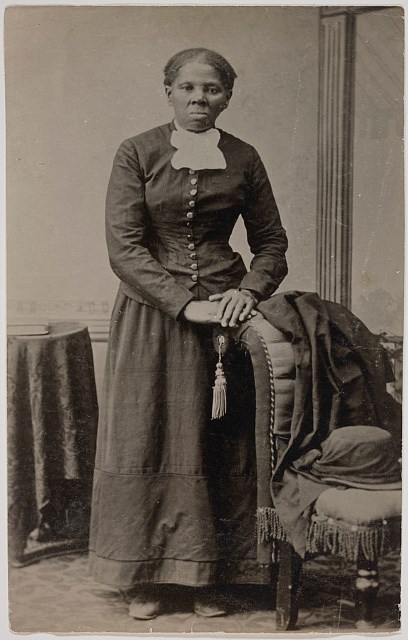“I was the conductor of the Underground Railroad for eight years, and I can say what most conductors can’t say, I never ran my train off the track and I never lost a passenger.
– Harriet Tubman, 1896

One of the most famous historical events in U.S. history is the Underground Railroad which was the resistance to enslavement through escape and flight to freedom in the Northern states. African American slaves had to put in much for their safety and lives when escaping bondage. They escaped at first to maroon communities in remote or rugged terrain on the edge of settled areas and eventually across the state and international borders. It was these acts of self – emancipation that labeled these slaves as “fugitives”, “escapees, or runaways but in retrospect the more accurate description is “freedom seekers”. Many of these freedom seekers would go on to embark on an unaided journey, and many completed their self – emancipation without assistance, but each subsequent decade in which slavery was legal in the U.S. there was an increase in active efforts to assist escape.

A lot of the assistance the freedom seekers received was said to have been spontaneous. However, in some places, especially after the Fugitive Slave Act of 1850, the Underground Railroad was deliberate and organized. The Freedom Seekers went to many destinations once leaving the south. They made it as far north to Canada, Mexico, Spanish Florida, Indian territory, the West, Caribbean Islands, and Europe.
Wherever in the south enslaved African Americans were, they were eager to escape at any cost. Slavery was practiced in all original thirteen colonies and also in; Spanish California, Louisiana and Florida, Central and South America, and on all the Caribbean islands until the Haitian Revolution (1791 – 1804) and British abolition of slavery (1834).
The Underground Railroad started at the place of enslavement. From there, the routes followed using transportation via rivers, canals, bayous, the Atlantic coast, ferries, river crossings, and roads and trails. In addition, there were locations close to ports, free territories and international boundaries prompted many escapes.

Being strategic and using ingenuity, freedom seekers were vigilant and conjured enough courage and intelligence to concoct disguises, forgeries, and other strategies to stay one step from slave catchers. In regards to that, the inevitable obstacle was trying to avoid slave catchers and enslavers who tracked runaways on escape routes they anticipated the Freedom seekers would take to escape. Slave catchers and owners would use bounties and advertise rewards to encourage public complicity in apprehension. People bit the bait and slave catchers/owners received help from enslaved and free blacks, American Indians, and people of different religious and ethnic groups.
The Maritime industry became a vital source for spreading information, while additionally offering employment and transportation for slaves who arrived in the “new world” aka The North. The Pacific West Coast and possibly Alaska became destinations because of ties to the whaling industry. Military service was an additional option, and thousands of African Americans joined from the Colonial Era to the Civil War to gain their freedom. With that said, during the Civil War, many freedom seekers sought protection and liberty by escaping to the lines of the Union army.
Leave a like and comment if you’d like to chime in. Also give my page a follow so you can stay up to date with my future posts. As always peace and keep it real.